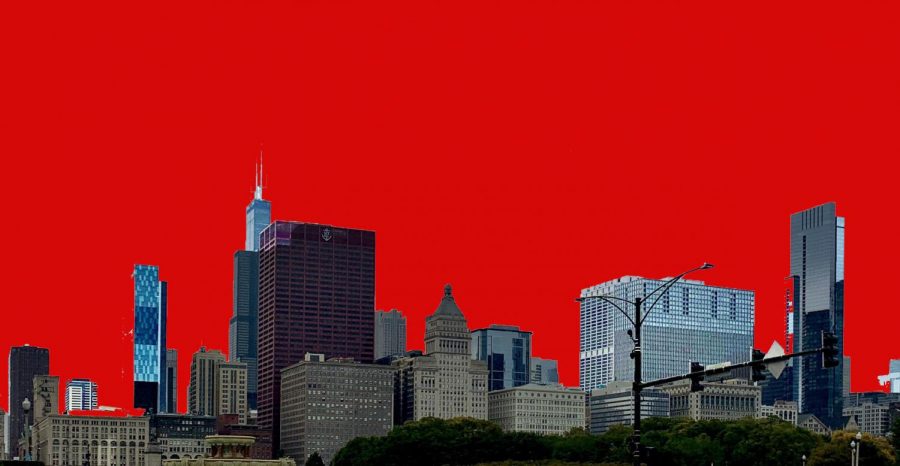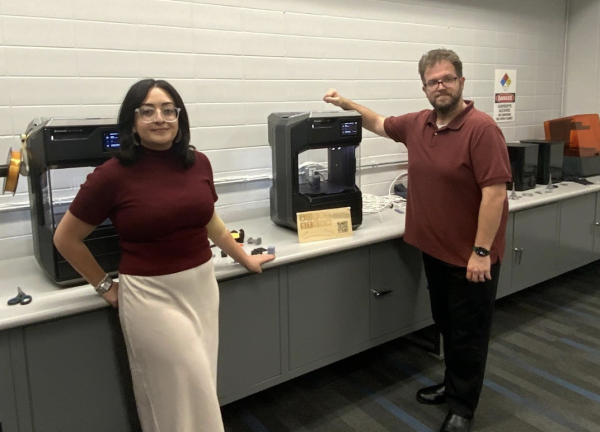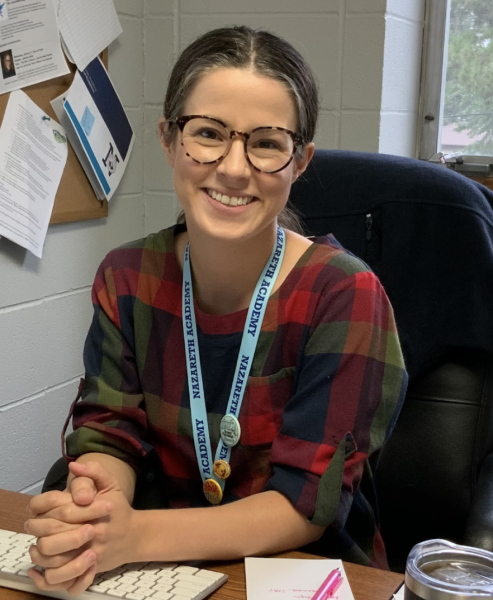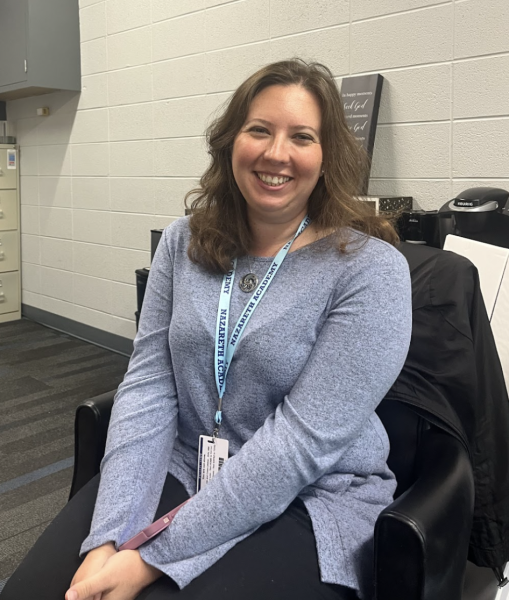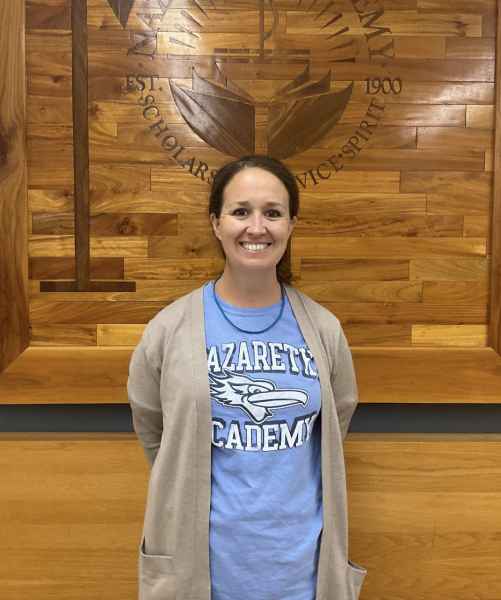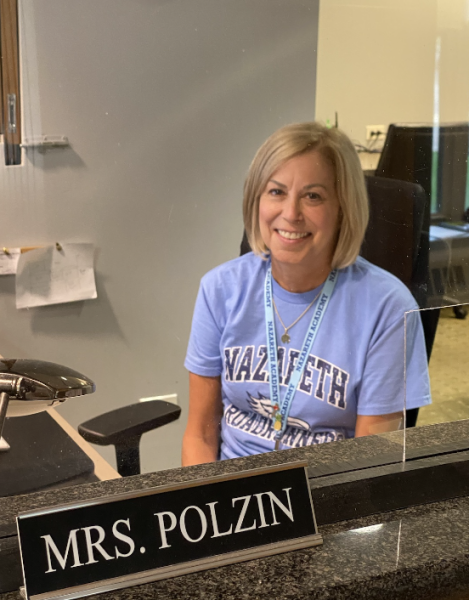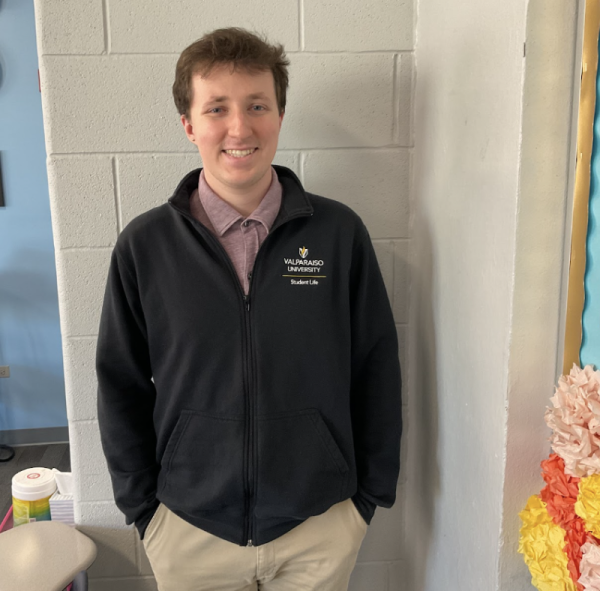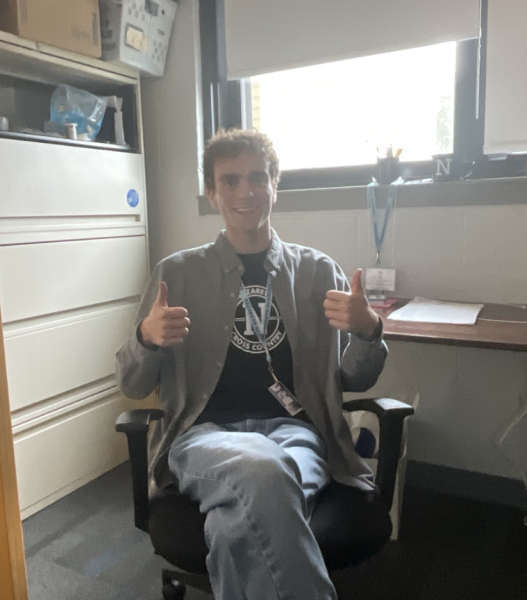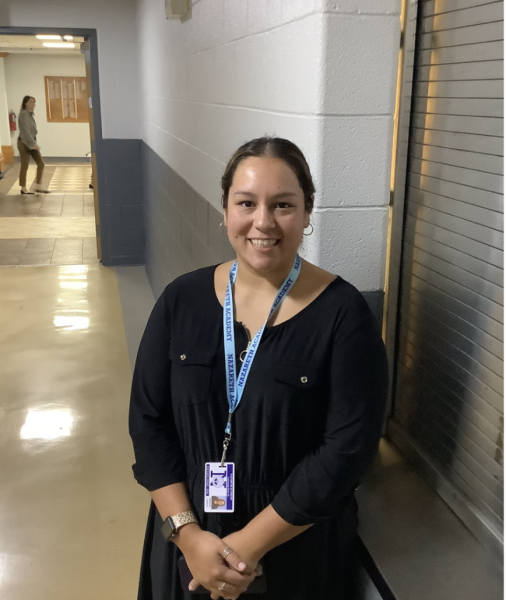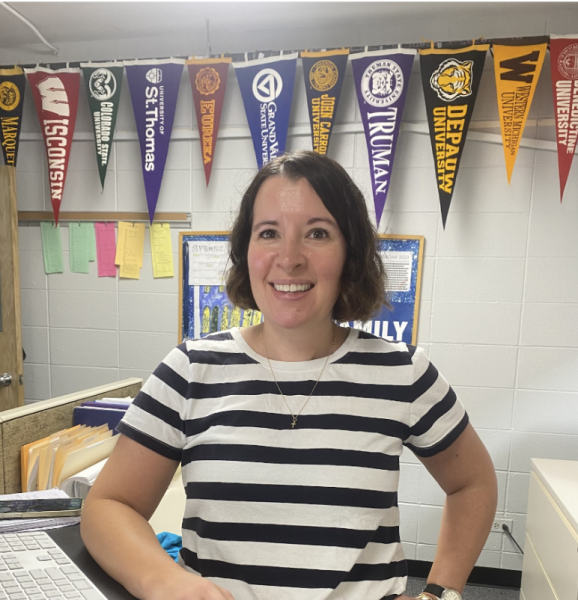The rise of gun violence in Chicago
City of Chicago on September 26th, 2020 from Michigan Avenue (Photoshopped sky)
October 9, 2020
If you live in or around the city of Chicago, it is a known fact that gun violence is a serious issue; it has and will continue to put innocent families in danger. According to NBC Chicago in an article posted this August, gun violence has risen sharply in 2020.
“From Jan. 1 through the end of July, there were 440 homicides in Chicago and 2,240 people shot, including many of those who were killed, according to statistics released Saturday by the police department.” This is up from just under 1,500 shootings during the same period last year.
NBC goes on to note that during this summer alone, 558 people have been killed which is 154 more deaths than last year.
As gun violence continues to surge, many juveniles continue to get involved in the crossfire. “Nearly four dozen children younger than 18 — including babies and toddlers — have been shot to death this year,” according to Block Club Chicago. Thousands of people across Chicago have been inflicted by this overriding issue.
The question is, what can be done to lower gun violence rates?
Many of Chicago’s youth live in fear because of gun violence. According to Chicago Police Detective Laura Skrip who is assigned to Youth Investigations, 257 juveniles were shot and 37 were killed in 2020 alone at the time of the interview. “Each person shot, could have potentially been a homicide victim, they just got lucky. A couple of those shooting victims will become homicide victims. Some die months later after many surgeries or after being a coma,” she said.
Skrip explains her ideas on how Chicago can lower gun violence rates. “Our State laws don’t seem to be helping. I believe assault rifles should not be legal in any state. These are guns that hold a high number or bullets and can fire rapidly… they should be outlawed and used only in the military.”
Skrip goes on to describe how Cook County is especially lenient when it comes to youth involved in gun crimes. “The same crime in Lake or Kendall County gets prosecuted. I have personally seen cases where a juvenile was arrested with a gun, gone to court and put on electronic monitoring (we call them ankle bracelets) and they have killed someone or been killed while awaiting the trial… few juveniles get actual punishment from gun crimes that include armed robbery, carjackings and just possession of a gun. If they are found guilty they are put on probation. If they are found guilty of another crime during their probation, their probation gets extended,”she said.
Chicago police are not the only people responsible for helping with gun injuries, hospital staff members are also extremely important. Assistant Chief Nurse Operator at Mount Sinai Hospital, Raquel Prendkowski explained that gun violence victims are plentiful at the hospital and they are often young.
Prendkowski said,“It varies on the time of year, week, day, weather, and events. For instance, we may have 2-3 on any given day. However, on a Friday we can have 8-10.”
The Emergency Department has received many juvenile patients as well, “We no longer have a pediatric unit so the EMS system bypasses to other hospitals that can accommodate. We do have walk-ins or EMS will bring [juvenile victims] when they do not know their age. We see 15-17 year old patients,” she said. According to Prentkowski, Mount Sinai had the most gunshot victims this year.
All hospitals have a different emergency procedure when it comes to gun shot victims. “… a call goes overhead that there is a trauma. The trauma team works together with the ED staff, respiratory, imaging to immediately assess as a group to see what injuries are present and what immediate actions need to take place,” Prendkowski explains Mount Sinai’s procedures.
Nazareth Academy’s School Resource Officer, Jim Edwards explains how gun control laws might make a difference. He says, “The legislators on the state and federal level are always looking to tweak, tighten and amend gun laws, which might include more extensive screening and background checks when people apply to purchasing a gun.”
Edwards describes steps that have been taken to lower gun violence. “Some things that communities have done in the past have been gun buyback programs, in which people can turn in guns for gift cards or cash with no questions asked. Lawmakers have passed laws at bond reform to keep violent offenders locked up in jail while awaiting trial as well as trying to better monitor offenders who have been released to prevent a possible recurrence of another violent crime by that person,” Edwards added.
Edwards goes on to explain the process criminals take in order to obtain guns illegally. He says, “ … people are able to get guns through legal purchases, in which you are required to possess a valid Firearm Owners Identification Card (FOID). But there are people who obtain them illegally, by having someone who can legally buy one and then purchase it from them (which is illegal for the legal person to do as well as illegal for the other person as well). Criminals might also obtain their guns while committing other crimes such as thefts or burglarizing someone’s home and finding a gun in the process.”
Everyone has their own opinion on how to reduce gun violence but one thing is certain: gun violence is a very serious issue in the city of Chicago and has yet to be contained. It has and will continue to put fear in families all across the city. Many communities have banded together in order to bring awareness to this issue and many believe that that is the first step in creating a safer environment.

